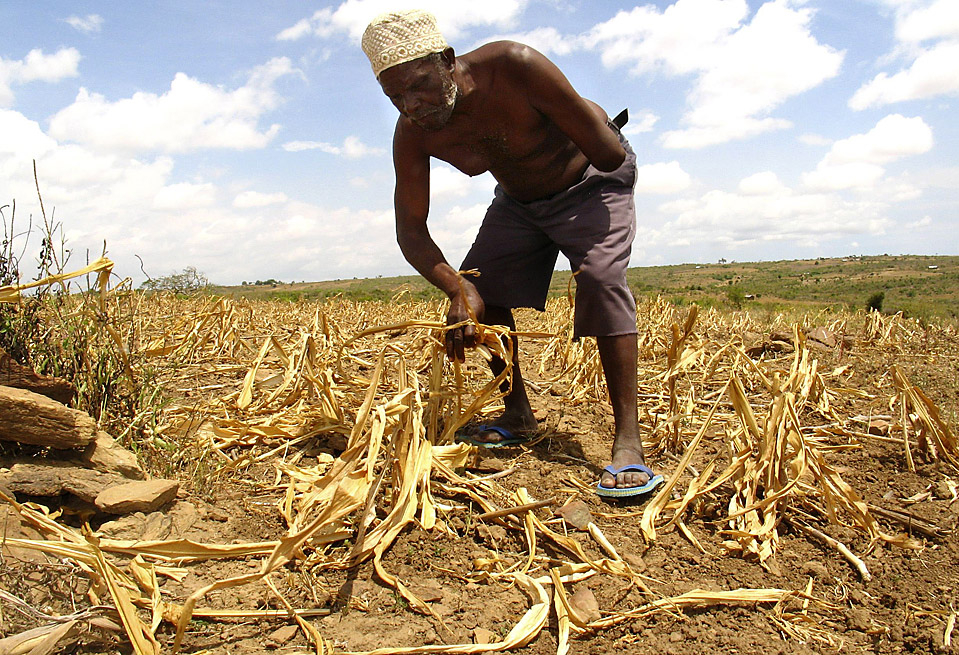The Bondo district in Siaya County also suffers from the above mentioned problems. Although the area near Lake Victoria is more humid than the inland, the Bondo region has suffered from large periods of drought and a low production on average. Most farmers are only able to provide for themselves, even in better seasons. When drought occurs, they have trouble even feeding themselves. For this reason, saving is impossible, which impedes them to buy livestock or machines like tractors to help them during the harvest. New techniques are not available to them as they are both not affordable and accessible in their region. Next to these problems, the Siaya County suffers from diseases like AIDS and Malaria. As a result of this, the generation of people between 20 and 40 is greatly diminished, leading to a high number of orphans. Doctors, nurses, teachers, farmers die of AIDS, and with these deaths, a lot of knowledge and investments die as well.
Without help from outside, from richer countries, the people in Siaya County will most likely not be able to set a foot on the ladder of development any time soon. They seem to be stuck in a vicious circle. That is why the University in Bondo, the Jaramogi Oginga Odinga University of Science and Technology (JOOUST), in cooperation with Students for Sustainability, want to help the farmers in the community to increase their production, teach them the best ways of farming and educate them on financial plans and investing, to help them take the first step to sustainable economic growth. The question is, how to do this?
